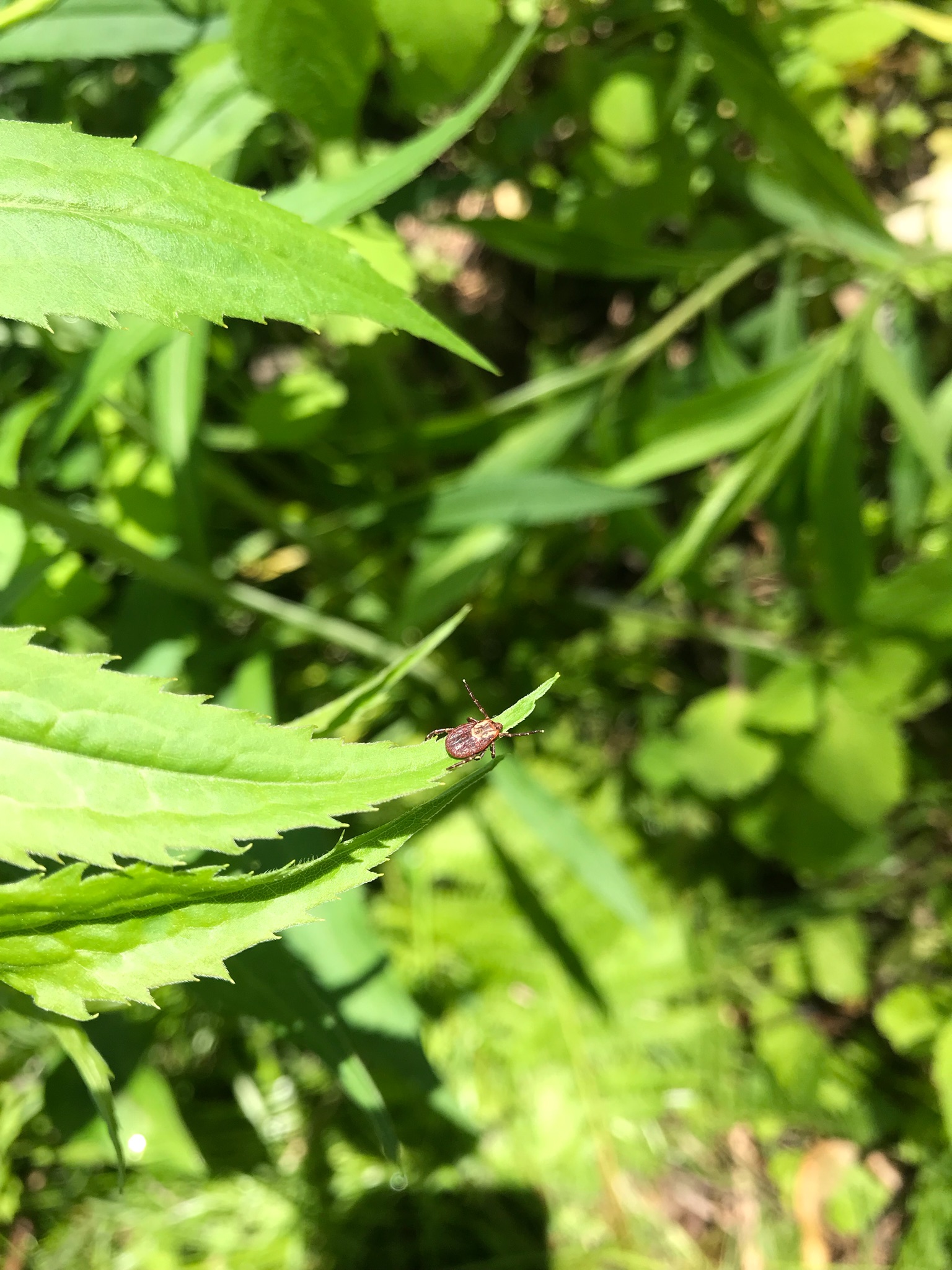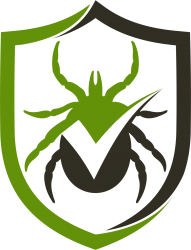Causative Agents of Lyme Disease: B. burgdorferi, & B. mayonii.
There are 4 stages of Lyme disease. It is important to note that antibiotic treatment and stage class should go hand-in-hand regarding dosage/length.
- Early localized Lyme disease – This stage mainly includes the notorious erythema migrans rash (bullseye). Note. This symptom is not indicative of every case of Lyme disease and only occurs in ~40% of confirmed cases. Flu-like symptoms are commonly reported, including fever, headache, and fatigue.
- Early disseminated Lyme disease – Once the short window of early antibiotic treatment has passed, the next stage indicates that the bacteria has spread from the initial tick bite zone. Facial palsy, nerve pain, and nerve weakness are common symptoms of this stage.
- Late Lyme disease – Commonly reported symptoms include severe headaches, neck stiffness, arthritis, neurological complications, vertigo/dizziness, and numb limbs.
- Post-Lyme disease syndrome(s) – In some individuals, antibiotic treatment doesn’t seem to rid the infection completely. Instead, lingering symptoms and flare-ups occur throughout the individual’s life. The symptoms are generally chronic and vary. The common issues revolve around severe joint pain, extreme fatigue, brain fog, and severe headaches. The topic is controversial as some physicians do not recommend treating with antibiotics any further based on medical guidelines. On the other hand, many physicians see improvement in their patients with PICC line antibiotics and long-term antibiotic use in general.
First-line oral antibiotics for Lyme disease and other tick-borne illnesses include doxycycline, amoxicillin, and cefuroxime. Intravenous administration of ceftriaxone is preferred for late stages of tick-borne diseases that cause neurological sequelae.
Doxycycline is the most well-known and used antibiotic in regard to Lyme disease and other tick-borne illnesses. This medication belongs to the tetracycline antibiotic class and is referred to as a bacteriostatic antibiotic because it halts growth of bacteria. Doxycycline has properties that can aid in controlling inflammation associated with things like rheumatoid arthritis, so it is a plus when given to patients with Lyme disease. In addition, it can cross multiple membranes within the body due to high lipophilicity, allows it to target bacteria well, as it can dissolve in fats, oils, and lipids more easily than other antibiotics.
While you should always check with your healthcare provider for best efficacy, patients should generally take doxycycline on an empty stomach and ~3 hours before taking any other supplements. In regards to the time frame that it should be administered, based on the current research, anything below two weeks leaves the potential for bacteria to be left over. Unfortunately, this happens quite often as B. burgdorferi has latent properties which allow it to remain undetected within the body, blood or tissue.
Negative side effects associated with doxycycline
As with any antibiotic, side effects can and do occur. How bad those side effects are vary from person to person. Some of the most common side effects include diarrhea, nausea, vomiting, headaches, migraines, and leukopenia. Your physician will always take your age, previous health history, current health issues, and symptoms into account when prescribing antibiotics. Contact your healthcare provider immediately if you notice severe symptoms like shortness of breath, chest pain, irregular or fast heart rates, or bloody stools. Other antibiotics are available to take in place of doxycycline.
Babesiosis causative agents: B. microti, B. odocoilei & B. duncani
Babesiosis is a protozoal infection. It differs from Lyme disease, a bacterial infection, so completely different antibiotic treatments are required. Protozoal conditions are harder to treat as they don’t respond to antibiotics alone. As a result, healthcare providers must use a combination of antibiotics and antiparasitic drugs (like the ones used for malaria). Physicians will often omit treatment for babesiosis if their patients are asymptomatic. The severity of babesiosis depends on the amount of infection present within someone and the state of their immune system. If the parasite is present in the blood after 3 months, your provider with usually treat it. This can be determined with blood smears and PCR testing.
According to medical guidelines, the current recommended treatment is atovaquone and azithromycin or clindamycin and quinine. The combination of anti-parasitic/anti-fungal and antibiotic has been effective thus far. However, protozoal infections have become increasingly harder to treat in recent years due to resistance to the required medications.
If you have ever had a babesia infection, you are not allowed to donate blood indefinitely. Babesia microti has been determined to be the most common transfusion-transmitted pathogen in the United States. This could be due to several factors, including persistent parasites within the blood and a high chance of people being asymptomatic despite infection.
Rocky Mountain Spotted Fever causative agents: R. rickettsii
RMSF is one of the most common pathogens spread by Lonestar, wood, brown, and American dog ticks. It belongs to the Spotted Fever group, which has a ~1% fatality rate in the United States. Although it can become deadly, most cases are subclinical and respond well to antibiotics. The most common symptoms associated with RMSF are fever, headache, myalgia, and the notable rash that is seen in roughly ~90% of cases.
Due to the name having the Rocky Mountain region attached to it, many people, including physicians, might not realize that you can contract the illness outside of that area. The disease has been reported in almost every state in the US.
Doxycycline is the preferred treatment because it covers a broad spectrum of potential co-infections and other rickettsial pathogens. RMSF is a bit more acute in terms of symptom onset compared to illnesses like Lyme disease. They usually occur 2+ days from the initial tick bite. Although most cases will have a rash, it may not show up until about the 4th day, so diagnosis can be tricky. On the other hand, some may not develop the rash at all. If RMSF is suspected, most physicians will begin treatment immediately, even when laboratory results are still pending. As with any antibiotic treatment, the earlier it is started, the better.

